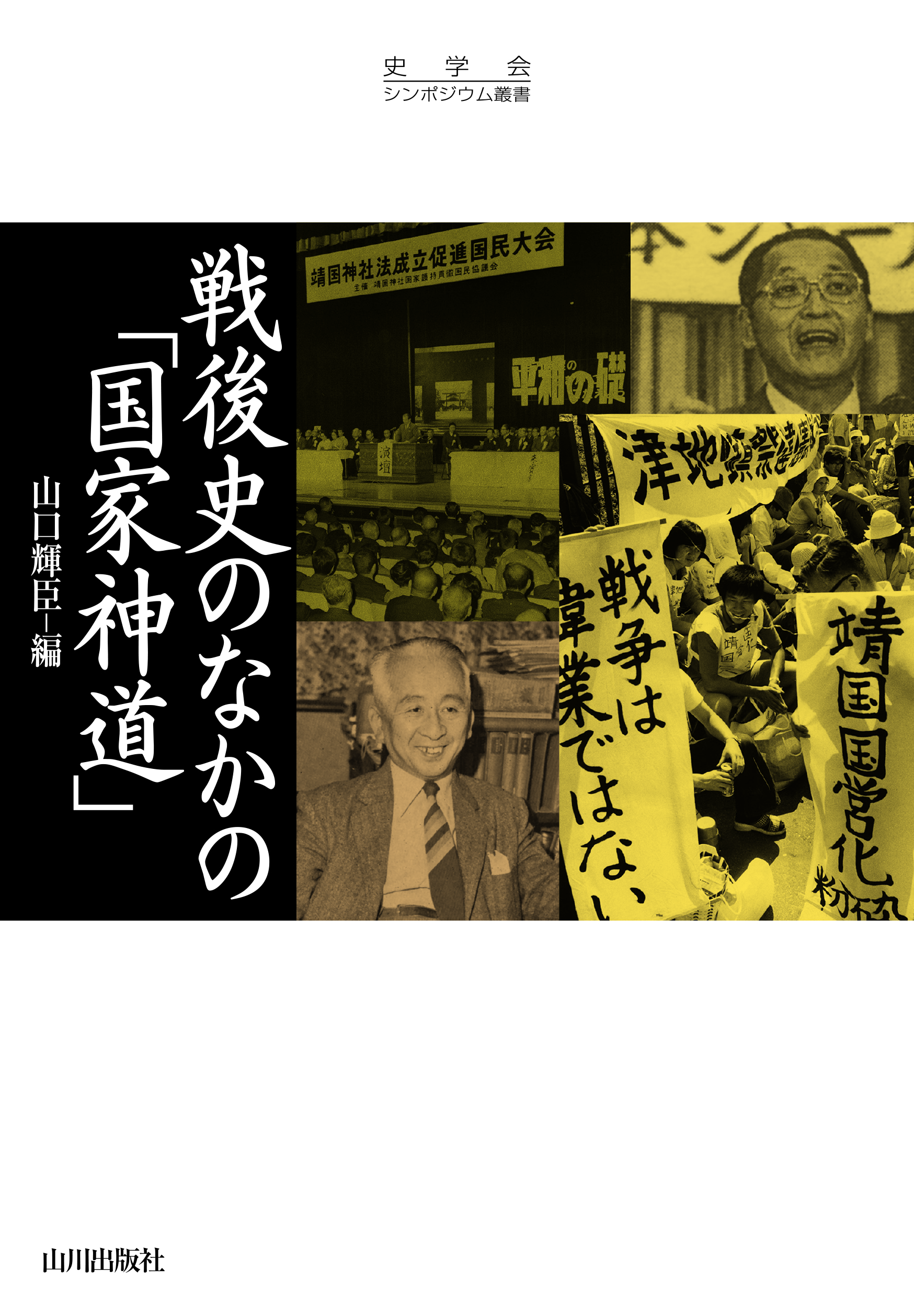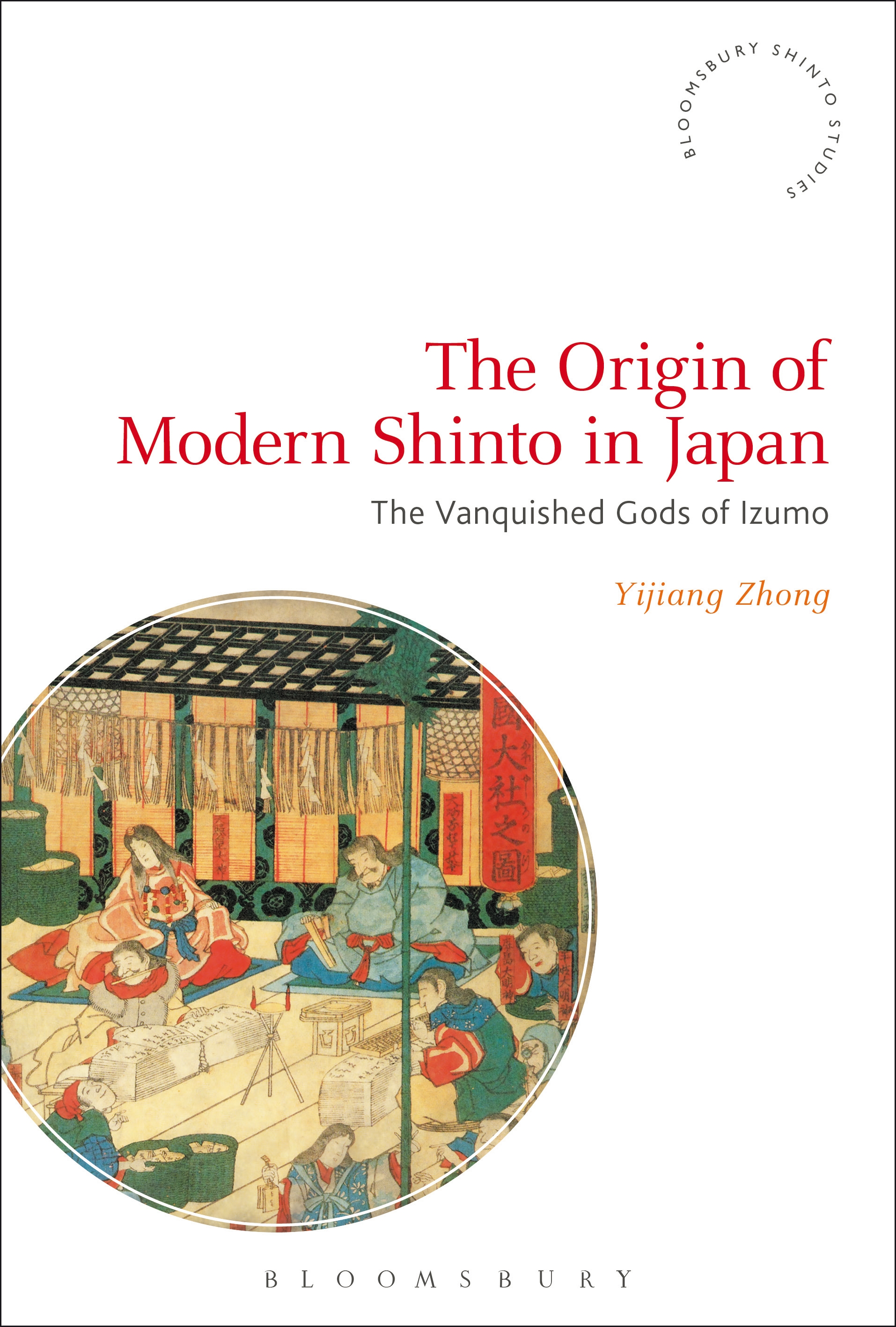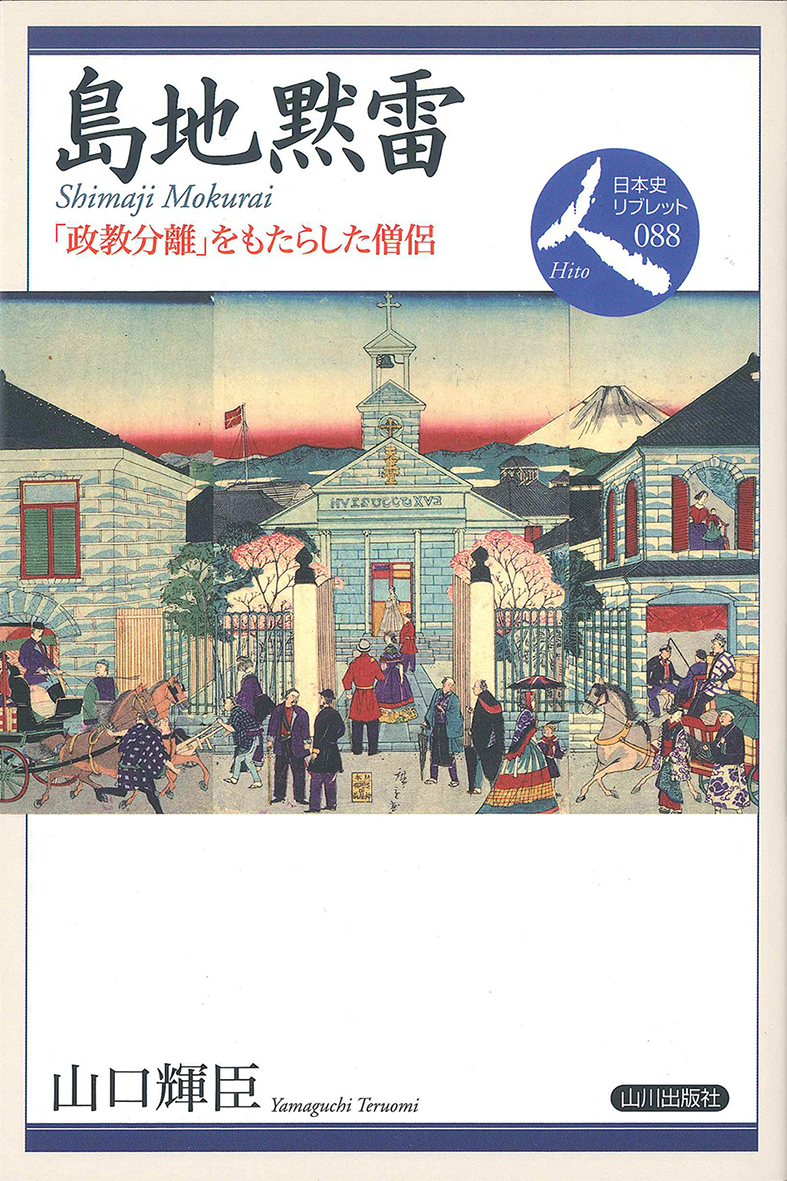
Title
Sengo-shi no nakano Kokka Shinto (State Shinto in Postwar Japanese History - The Historical Society of Japan’s Symposium Series)
Size
288 pages, A5 format
Language
Japanese
Released
October, 2018
ISBN
978-4-634-52367-8
Published by
Yamakawa Shuppansha Ltd.
Book Info
See Book Availability at Library
Japanese Page
Have you ever heard the term “State Shinto”? If you were educated in Japan, you surely encountered it at least once in a high school textbook. However, there are very few people who could specifically explain what it is, beyond “Shinto in prewar Japan and the system associated with it.” This is no surprise. Even researchers have not reached a consensus about the term.
This book was compiled for the people who ever wondered what the meaning of State Shinto actually is. In that sense, this book attempts to consider State Shinto—though it is not intended to answer the question of what State Shinto is. Rather, it reframes the question from another dimension: Is it even necessary to answer that question in the first place? The reason for this approach is that the idea of State Shinto, as we understand it, is basically a product of the postwar era.
Even before the war, there existed a “State Shinto,” or similar precedents, that would have an effect on postwar policy, despite being few in number. However, it was at the end of 1945, when the Supreme Commander for the Allied Powers issued the so-called Shinto Directive, by which the term State Shinto became widely known and would have a decisive influence on the discourse in related fields. After the occupation ended, there eventually emerged a Yasukuni Shrine state-protection campaign and the movement to oppose it, during which State Shinto became formularized in a unique way based on its occupation-era manifestation. This later becomes established in books for general audiences, judicial precedents, and constitutional legal theories. In other words, even if State Shinto were to have originated before the war, it is difficult to decipher it from national policy, social movements, and religious movements in postwar Japan. This is precisely where the confusion around State Shinto emanates from.
In 2017, the Historical Society of Japan gathered leading researchers from different perspectives and fields who share this general understanding for a symposium that it held at its annual conference. The symposium was highly acclaimed. This volume contains six papers based on presentations made there, supplemented with an appendix consisting of an additional ten columns. It is intended to serve as a common foundation for each of us to determine how we should think about State Shinto.
Since its publication, the volume has been covered by proper book reviews in prominent related academic journals, with a variety of discussions, both complimentary and critical. Rather than respond to each of them individually, we the editors would like to make it our next task to use this book’s reception as an opportunity to explain our own thoughts in a more easily-understandable form.
(Written by YAMAGUSHI Teruomi, Associate Professor, Graduate School of Arts and Sciences / 2020)



 Find a book
Find a book



